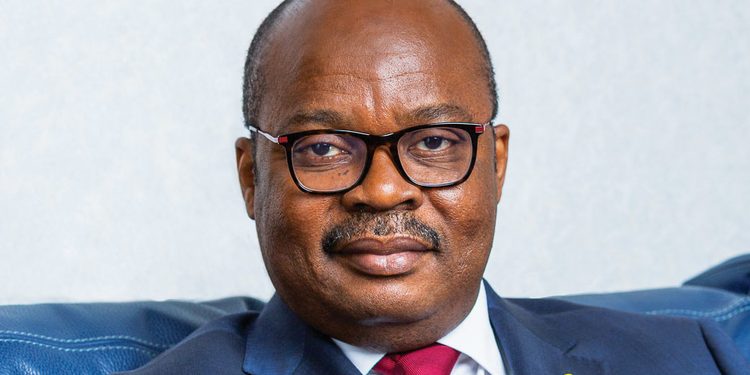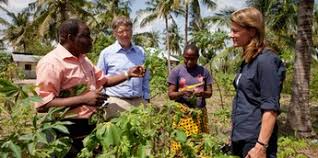Average bank lending rates as at the end of February 2021, stood at 21 percent.
The current average lending rate reflects a decline of 2.4 percent from the previous average rate of 23.4 percent end-February 2020.
The fall in lending rate according to the Bank of Ghana (BoG), is consistent with developments in the interbank market where the average interbank rate declined to 13.6 percent from 15.9 percent in line with the cut in the monetary policy rate in March 2020.
A decline in lending rates is expected to result in a proportionate decline in interests on bank loans to individuals and businesses.
The banking sector, the Central Bank posits, has remained strong since the beginning of the year with robust growth in total assets, deposits and investments.
Total assets, the BoG says increased by 18.5 percent on a year-on-year basis to GH¢152.0 billion, reflecting strong growth in investments in government securities by 45.9 percent to GH¢67.9 billion.
Also, total deposits recorded a year-on-year growth of 25.1 percent to GH¢104.0 billion reflecting strong liquidity flows emanating from the COVID-19 fiscal stimulus, payments to contractors, SDI depositors, and clients of SEC-licensed fund managers.
Banks’ non-performing loans (NPL) ratio increased from 13.8 percent in February 2020 to 15.3 percent in February 2021 arising partly from the general pandemic-induced repayment challenges as well as some bank-specific loan recovery challenges.
Loan loss provisions also grew sharply by 62.2 percent, significantly higher than the recorded 6.5 percent a year ago, reflecting continued elevated credit risks.
Despite the recorded increase in NPLs and loan loss provisions, banks’ net interest income for the first two months of 2021 grew by 10.9 percent to GH¢2.0 billion.
“Overall, the impact of the pandemic on the industry’s performance seems moderate as banks remained liquid, profitable and well-capitalized,” asserts the Central Bank.
Banks’ profits before tax for the first two months of this year increased to GH¢1.1 billion. This is Ghs 100 million more when compared to the GH¢1 billion recorded for the same period last year.







